Apple’s new budget iPhone has been on my list of the best upcoming smartphones to watch. Rumours suggested it would get some big upgrades. And I’m happy to say that’s exactly what we got. Apple’s new iPhone 16e is a refresh of the iPhone SE – and it’s the closest a budget iPhone has been to the regular models.
A new design, updated display, the latest chipset from iPhone 16, and a new camera finally make this handset good value for money. In all honesty, the new 16e is very similar to the iPhone 14, just with updated innards. Aside from the new Action Button, just one camera, and the lack of MagSafe… it’s almost identical. Note that Apple has now officially scrapped the iPhone 14.
I think the 16e is finally good value, and puts up a good fight against the other smartphones in Apple’s line-up. So in 2025, how much do you really need to spend on an iPhone? While we’re yet to get our hands on the new iPhone 16e, we’re going to compare it to the 16 and 15 to see how it stacks up.
Design & display: Notch or island?

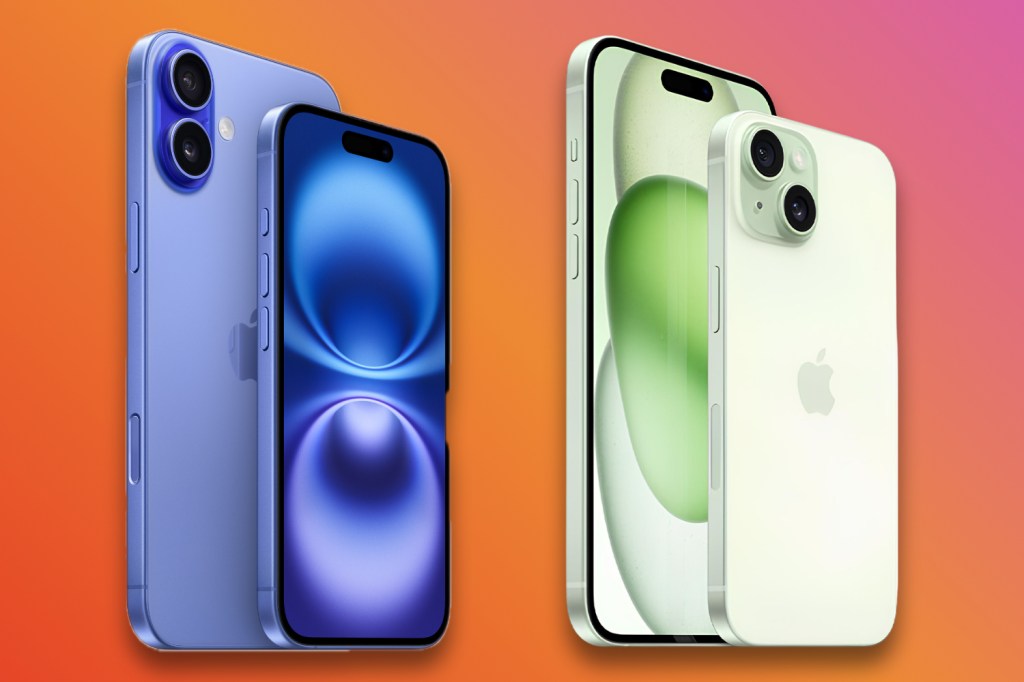
The iPhone 16e makes a big leap from the previous SE line by adopting a 6.1-inch OLED display, the same size as the iPhone 16 and iPhone 15. This is a significant upgrade from the LCD panels found in previous budget models. However, unlike the iPhone 16 and iPhone 15, the 16e does not feature the Dynamic Island. Instead, it retains the traditional notch that houses Face ID and the front-facing camera. The addition of Face ID finally marks the death of the home button and Touch ID for Apple.
The iPhone 16 maintains its 6.1-inch OLED display, but Apple has made the front glass 50% tougher than the first-gen Ceramic Shield and 2x stronger than normal glass. The display can now dim to 1 nit for better low-light usability while still reaching 2000 nits of peak brightness.
The iPhone 15 also has a 6.1-inch OLED panel with Dynamic Island, marking the first time it was included in a non-Pro model. It shares the same 2000-nit peak brightness as the iPhone 16, though it lacks the newer phone’s tougher glass.
On the rear, both the iPhone 16 and 15 have camera bumps for the dual camera set-ups. While on the iPhone 16e, the single camera sits on the back without the larger bump. The 16e is available in black and white – so if colour is your thing, look towards the iPhone 16 and 15. Also new to the 16e is the Action Button (more on this later).
Overall, the iPhone 16e benefits from a big upgrade to OLED but sticks with the older notch design, while the iPhone 16 improves durability over the iPhone 15. The 16e also has significantly thicker bezels around the sides – so if screen size is your jam, bear this in mind.
Performance & battery: The latest and greatest all round
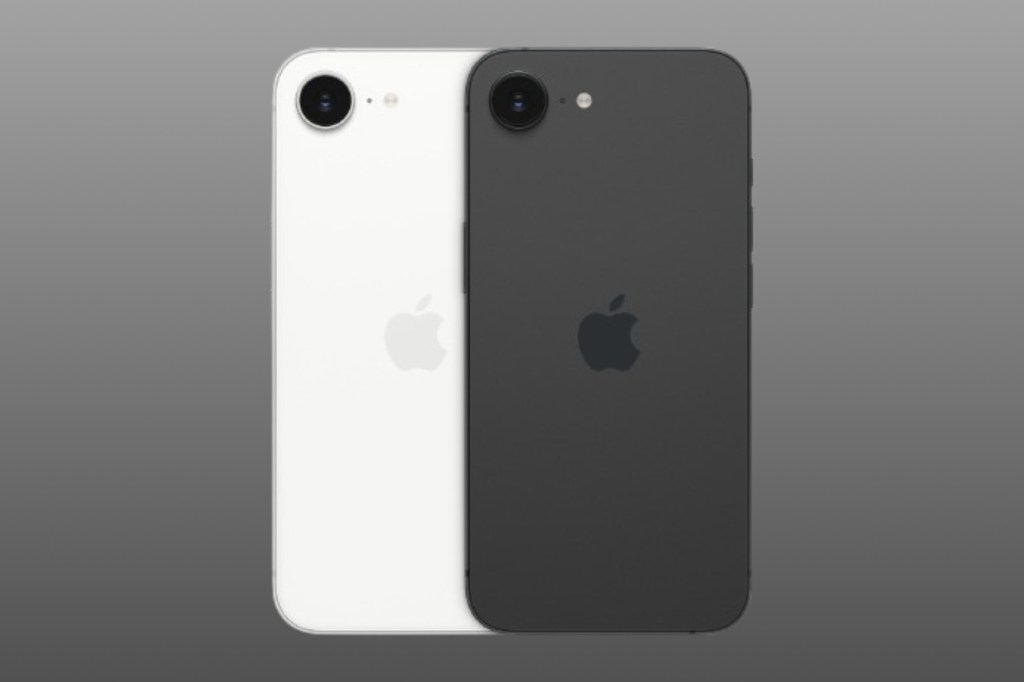
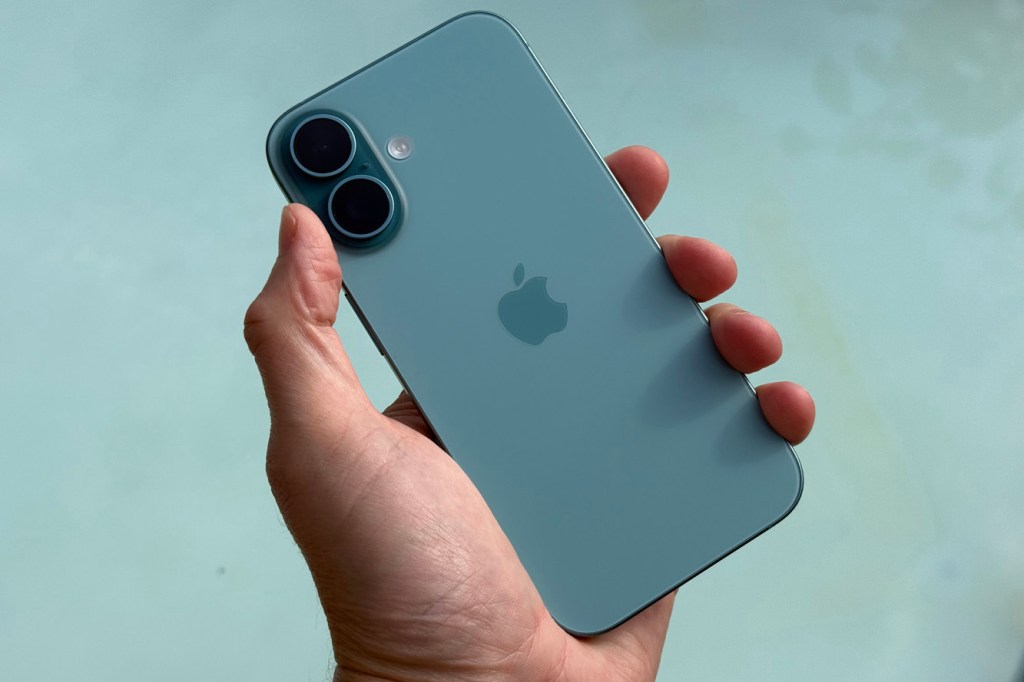
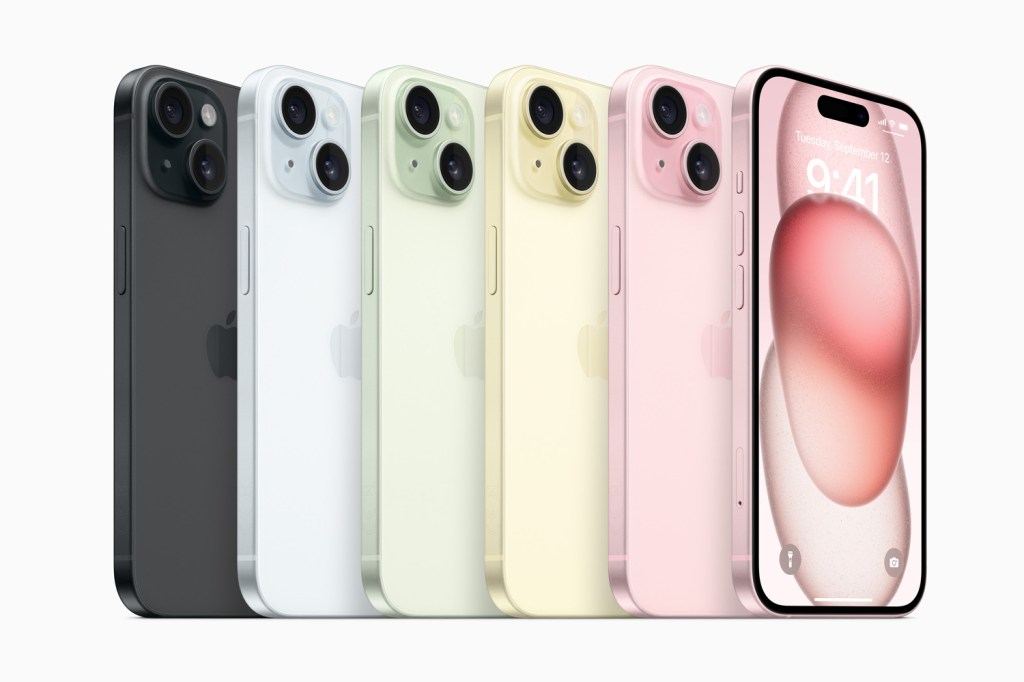
The iPhone 16e and iPhone 16 both feature Apple’s latest A18 chipset, bringing flagship performance to both devices. This 6-core CPU is 30% faster than the A16 found in the iPhone 15, with 20% better GPU performance and a 16-core Neural Engine optimized for AI-powered Apple Intelligence features.
The iPhone 15 runs on the older A16 Bionic chip, which was first introduced in the iPhone 14 Pro models. While still a powerful processor, it falls behind the A18 in speed and energy efficiency.
The iPhone 16e also gets 6GB of RAM, a big step up from previous SE models, ensuring smooth multitasking. One area where the 16e may actually outperform the other handsets is in the modem. This new budget phone introduces Apple’s first home-grown modem – the C1. It’s been designed for better battery efficiency and even faster 5G speeds. Though how well it performs remains to be seen.
Speaking of battery, one of the iPhone SE’s biggest weaknesses was battery life. The iPhone 16e finally fixes this with a significantly larger battery – reportedly 3279mAh, a 60% increase over the last SE. Apple claims the 16e lasts 12 hours longer than the previous models, also thanks to that more efficient A18 chip.
The iPhone 16 also benefitted from battery improvements due to the A18’s efficiency, though it’s hard to compare without exact figures. The iPhone 15 already had solid battery life, but it lags behind the iPhone 16 and 16e in efficiency.
For charging, the iPhone 16e now supports USB-C, joining the iPhone 16 and 15. It officially marks the end of Lightning across Apple’s line-up. Keep in mind that the iPhone 16e does not support MagSafe or Qi2 wireless charging, unlike the iPhone 16 and iPhone 15. But, you can still use regular Qi wireless charging.
With the same A18 chip as the iPhone 16, the iPhone 16e feels much more like a mainstream iPhone than a budget compromise. The iPhone 15, while still fast, doesn’t quite match up to the newer models. While battery life is better than ever on the iPhone 16e, its lack of MagSafe makes it slightly less convenient than the iPhone 16 and 15.
Camera: How many lenses do you fancy?
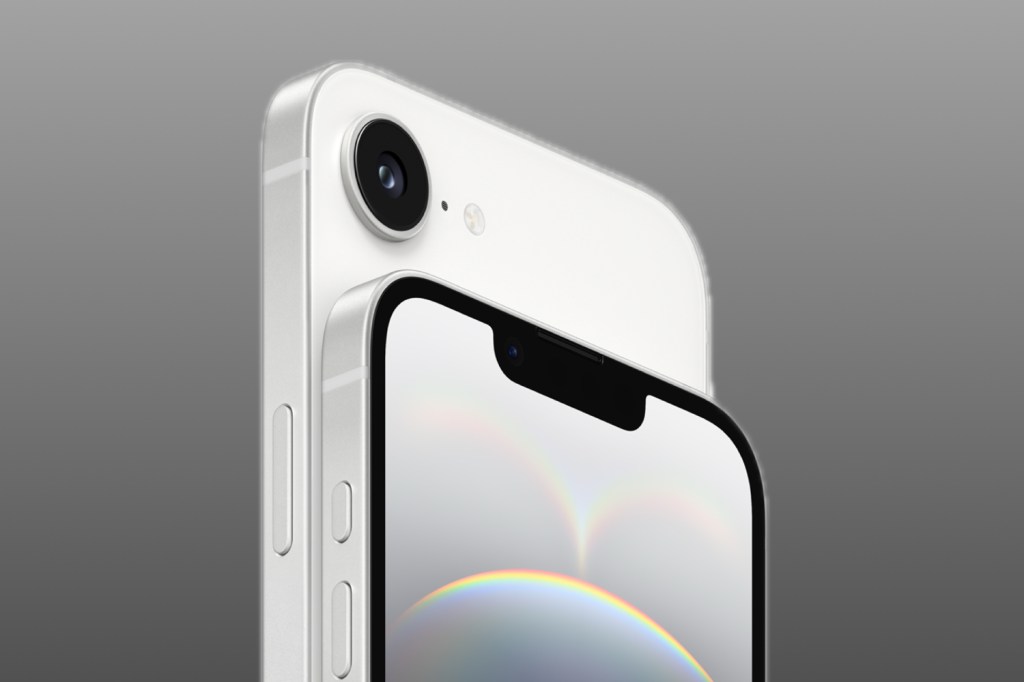

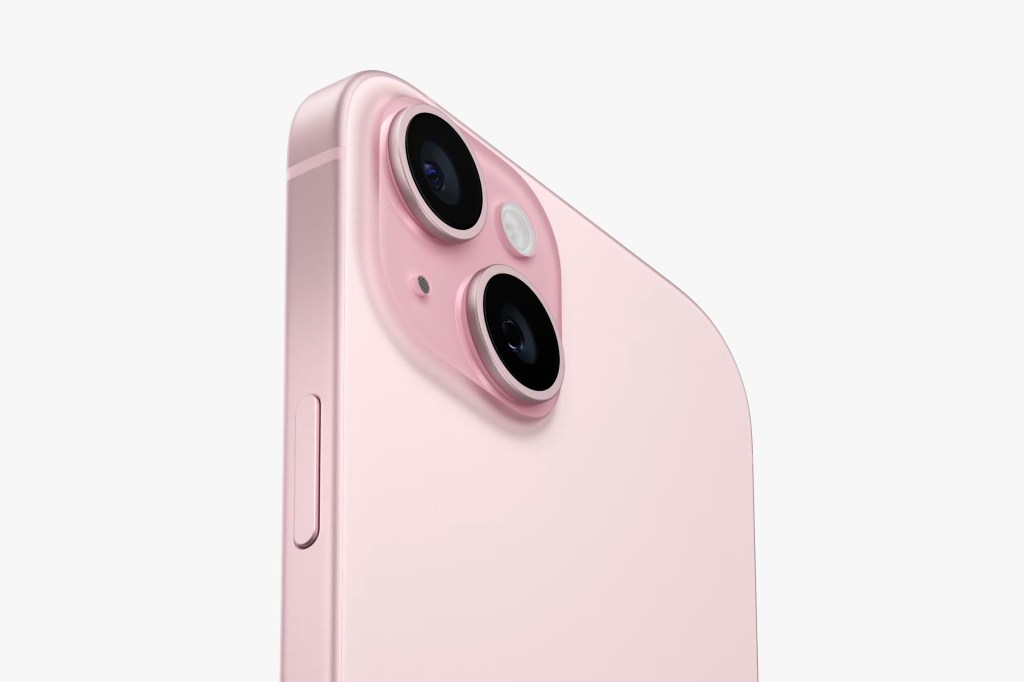
The iPhone 16e makes a massive jump in camera quality over previous SE models. Apple has included a 48MP main sensor, matching the iPhone 15 and iPhone 16. This means sharper images, improved digital zoom, and, crucially, the introduction of Night Mode – a feature long missing from Apple’s budget phones. However, the 16e only has one lens, lacking an ultrawide or telephoto snapper.
The iPhone 16 and iPhone 15 also feature 48MP main cameras, but they benefit from additional software processing, Smart HDR, and Photonic Engine enhancements, making them better for capturing details in mixed lighting conditions. Both devices also include a 12MP ultrawide camera, which the 16e lacks.
All three phones share a 12MP front camera, but the iPhone 16 features the new Camera Control Button, allowing users to interact with the camera through taps and slides for improved functionality.
In short, the iPhone 16e is a huge upgrade in Apple’s budget lineup, but it still lacks the versatility of the iPhone 16 and iPhone 15’s dual-camera setups.
Features: Getting closer to the Pros
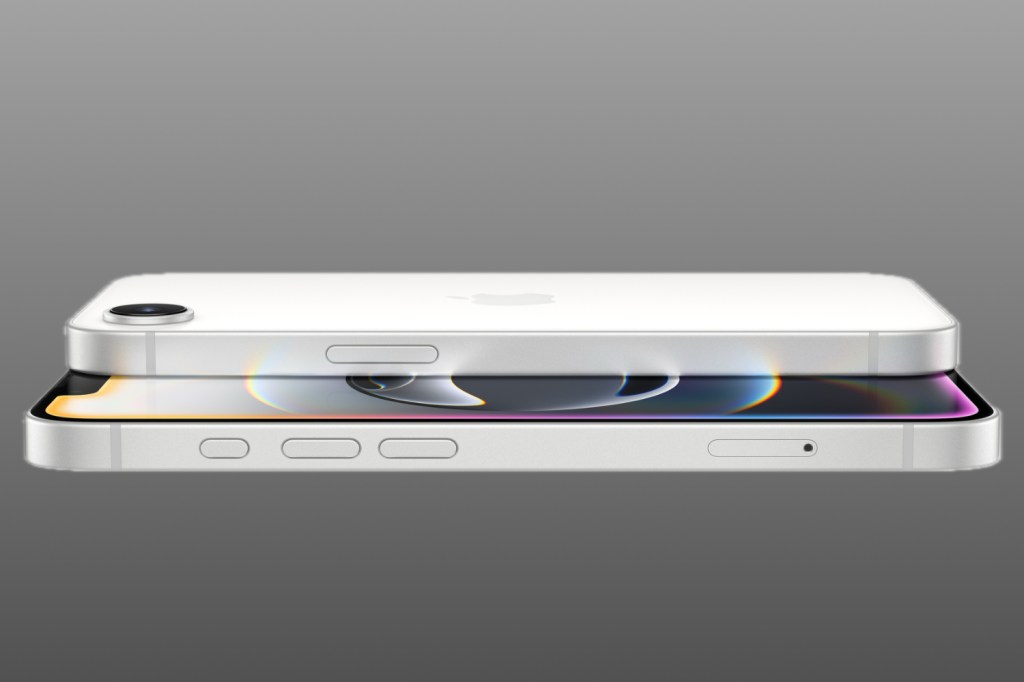
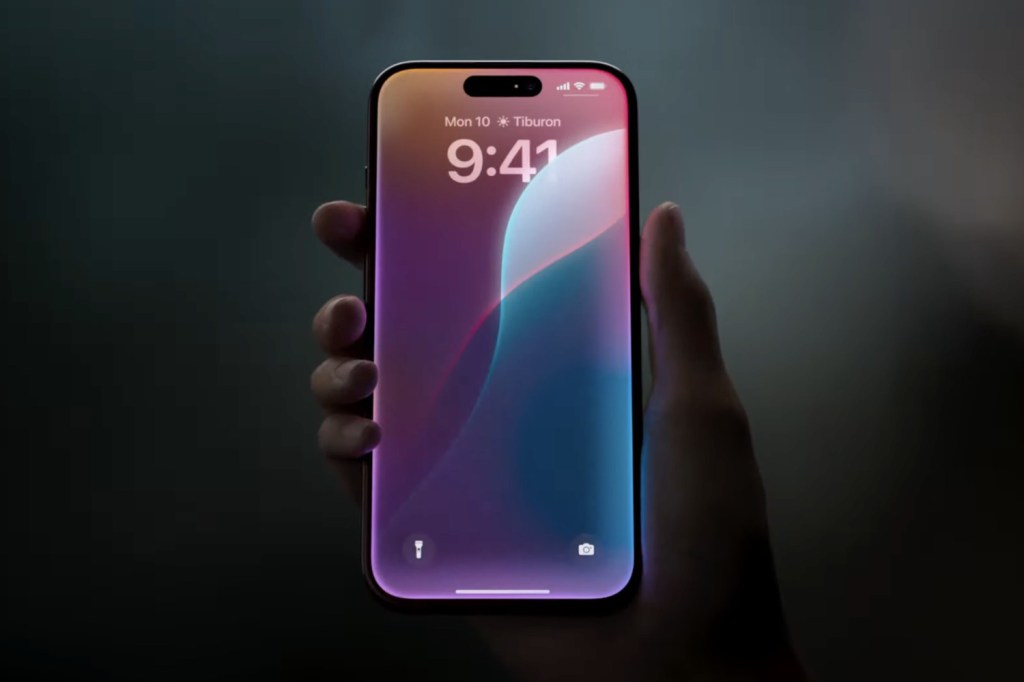

The iPhone 16e inherits the Action Button from the iPhone 15 Pro models, making it the first budget iPhone with this customisable shortcut button. This replaces the mute switch and allows users to assign quick actions, like launching the camera or enabling Do Not Disturb. You’ll find this button on the iPhone 16 as well, but not the iPhone 15.
Surprisingly, Apple has also confirmed that the iPhone 16e will support Apple Intelligence, the company’s new suite of on-device AI tools previously reserved for Pro models. This makes the 16e even more future-proof than expected. This comes as part of iOS 18 support, Apple’s latest software release for the iPhone.
Another major upgrade is the iPhone 16e’s IP68 rating, meaning it now matches the iPhone 16 and iPhone 15 in water and dust resistance.
iPhone 16e vs iPhone 16 vs iPhone 15 initial verdict



The iPhone 16e delivers the best value Apple has ever offered in a budget phone, thanks to its OLED display, A18 chip, 48MP camera, Action Button, and IP68 durability. It’s the perfect iPhone for those who want flagship performance at a lower price.
The iPhone 16 offers a newer design, better durability, and better battery efficiency making it the best choice for those who want the full iPhone experience without going for a Pro model. The iPhone 15 remains a solid option, but with the 16e offering a better chip and display at a lower price, it’s harder to justify picking it over the newer models.
I started this comparison saying that I think the iPhone 16e is finally the best value, and I think that stands. While its more expensive than the iPhone SE 4, the iPhone 16e undercuts both the iPhone 16 and iPhone 15 by $200 while delivering flagship-level performance and big hardware improvements. In 2025, you can spend less for the top iPhone experience.
- Related: Apple iPhone 16: all models compared




0 Comments
If you have any doubts, Please let me know